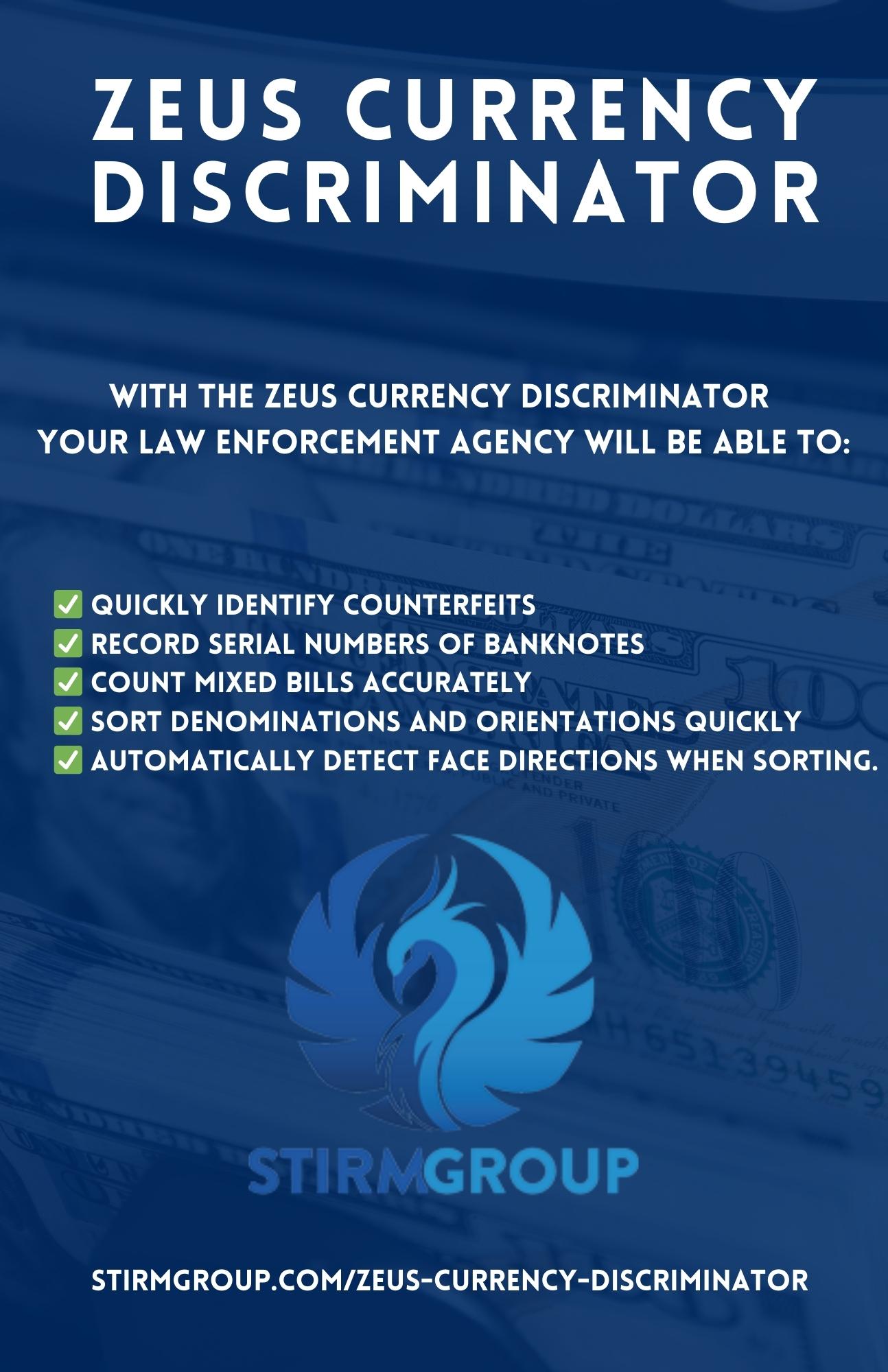By Lyndsay Winkley
The San Diego Union-Tribune
SAN DIEGO — After reviewing data from more than 1,000 San Diego police pursuits, a city oversight group has recommended the Police Department make about a dozen changes to its chase policy.
One of its top-line suggestions? The department should only engage in pursuits over incidents related to a violent crime. That’s a far cry from the department’s current policy, which allows officers to initiate pursuits over even minor violations.
The city’s Commission on Police Practices launched the evaluation after an unlicensed driver who was allegedly racing away from officers smashed his vehicle into another car. Two brothers, Mason and Malikai Orozco-Romero, ages 4 and 8, were passengers in the vehicle that was struck and didn’t survive.
During its analysis, the commission took a look at 1,044 chases San Diego officers initiated from 2019 through July 16.
The review found that most chases, about 60 percent, started over infractions — minor offenses such as speeding or failing to stop at a red light.
Another finding: One in five pursuits, or about 220 chases, involved some kind of collision, and 75 percent of those crashes left one or more people injured.
Black and Latino drivers were disproportionately involved in city pursuits, the commission found. Nearly a quarter of pursued drivers were Black people, who account for only 6 percent of the city’s population. About 40 percent of drivers were Latino people, who make up 30 percent of the population.
A separate review of chases done by the Union-Tribune in March resulted in similar findings.
At a meeting last month, the commission presented its analysis along with nearly 20 recommendations that touched on department policy, training and other practices.
In addition to restricting when officers can engage in pursuits, the commission recommended the department create a pursuit review board that would publish a quarterly report on the pursuits officers engage in.
It’s unclear whether the department will implement any of the proposed changes. Although the oversight group can make policy suggestions, it’s up to the Police Department to decide if any shifts will be made.
In a statement, a spokesperson said police leaders were working to “analyze and assess” the commission’s recommendations.
“The San Diego Police Department is committed to ensuring the safety of all persons involved when we are engaged in pursuits,” said Ashley Nicholes, the department’s communications manager. “We look forward to having further dialogue with the Commission regarding their suggestions.”
Many of the oversight group’s suggestions mirror a lengthy report published last year by several prominent law enforcement, traffic safety and research groups.
The publication includes 65 recommendations for departments to consider while developing their pursuit policies. Restricting chases to violent criminals is among the first.
The commission also reviewed the pursuit policies of two dozen law enforcement agencies, including three local departments: the San Diego and Chula Vista police departments and the Sheriff’s Department.
“These recommendations matter for the entire City of San Diego because they directly impact public safety and trust in law enforcement,” the commission said in its report. “Effective vehicle pursuit policies can prevent unnecessary risks to both officers and civilians, reducing the likelihood of accidents and injuries.”
Although experts and police leaders have long acknowledged the dangers of pursuits, policies vary considerably from department to department.
Some cities have struggled to find the right balance.
New Jersey rolled back its pursuit policy to allow officers to chase suspected car thieves after auto thefts increased. San Francisco also loosened its policy so officers could have more flexibility to chase people suspected of retail theft and other property crimes.
In a letter sent just last week, Gov. Gavin Newsom asked Oakland leaders to make their pursuit policy more permissive. The department currently restricts chases over “violent forcible crimes.”
“I am mindful of the sensitivities around vehicle pursuits, which can be dangerous to police, suspects, and innocent bystanders,” Newsom wrote in the July 26 letter. “But there is also extreme danger to the public in allowing criminals to act with impunity, and the reckless driving associated with sideshows and other criminal acts is a significant threat to public safety.”
The commission’s findings were presented in a preliminary fashion. They will be reintroduced at a later date so the board can vote on next steps.
—
©2024 The San Diego Union-Tribune. Visit sandiegouniontribune.com.
Distributed by Tribune Content Agency, LLC.


